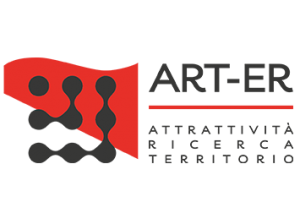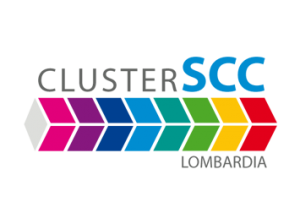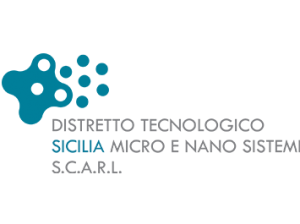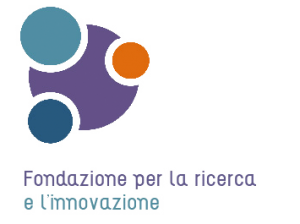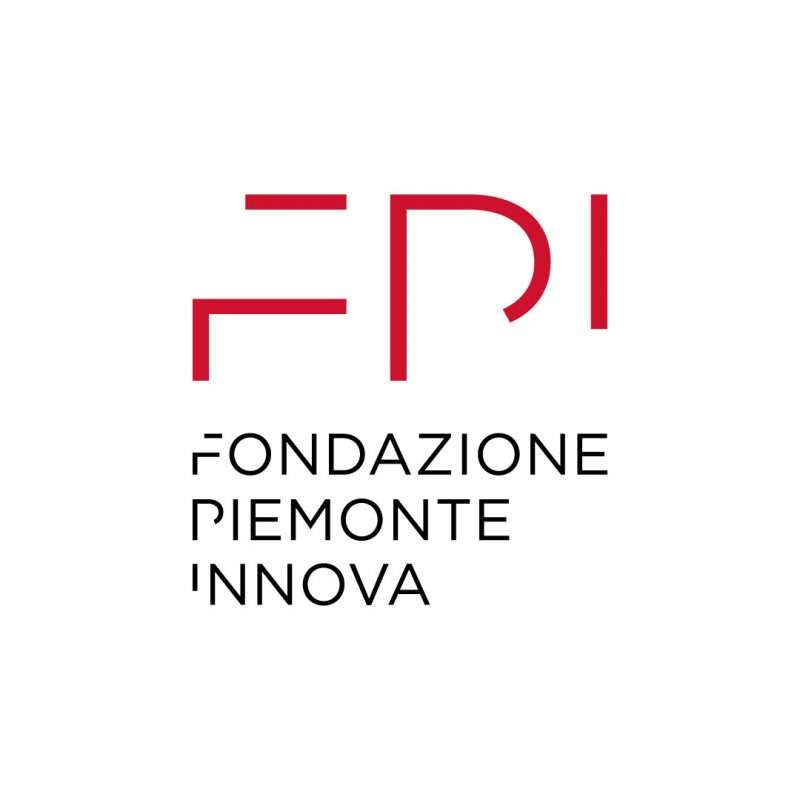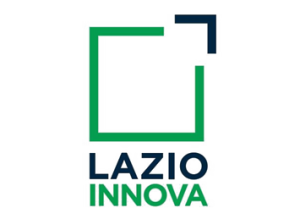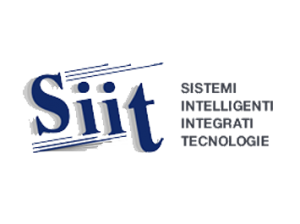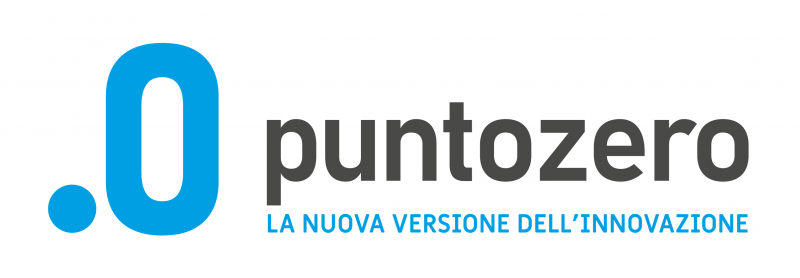Basic description
Hardware/software methodologies, indicators and policies for mobility management
Focus area
Primary
Sustainable Urban Mobility
Additional
Integrated Infrastructures and Processess across Energy, ICT, and Transport, Citizen Focus, Integrated Planning, Policy, Regulation and Management
Expected contribution
The Environmentally Sustainable Smart Mobility (MIE) project aims to develop hardware/software methodologies, indicators and policies for mobility management to minimize the pollution environmental impact, improve the service provided to the users in terms of travelling times, and optimise consumption to accomplish movements. The project will develop three integrated systems: (1) a system of innovative technologies to pervasively monitor parameters characterizing mobility (position, velocity, instantaneous acceleration, gear, consumption) and to efficiently communicate and manage the data collected from heterogeneous and pre-existing sources in order to monitor the behavior of actors in movement (people, vehicles, goods); (2) a mobility management system to monitor, control and optimise the intelligent mobility of both vehicles (using planned paths) and individuals moving into districts in different scenarios: unordinary events involving a traffic peak (exhibitions, trade fairs), and in situations of ordinary metropolitan traffic; (3) an innovative decision support system to sustain medium/long-term intelligent mobility policies by identifying recurring particularly inefficient traffic patterns and suggesting corrective actions for improving mobility effectiveness (with particular reference to environmental impact, travel time, power consumption); and to support short-term policies to plan in real time and in real traffic conditions the optimal trajectories in terms of environmental impact, travel time, and power consumption. Furthermore, another goal of the project is to held training activities in order to form experts in Mobility problems’ management and solving.
The MIE projects plans to have 3 demonstrators regarding the implementation of: systems for data acquisition, communication and visualization, and a data integration and processing platform to a vehicle dedicated to the transport of goods in order to create an “intelligent vehicleâ€

